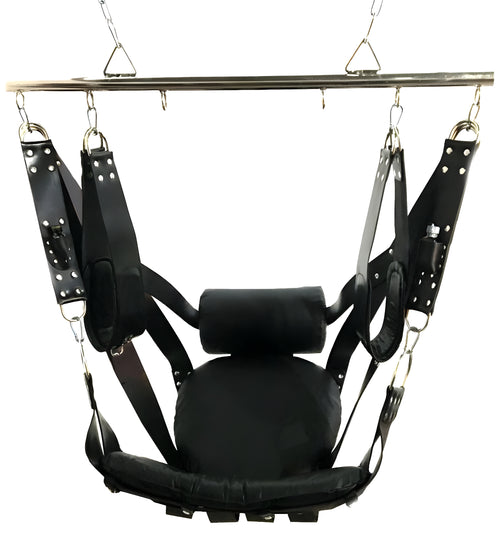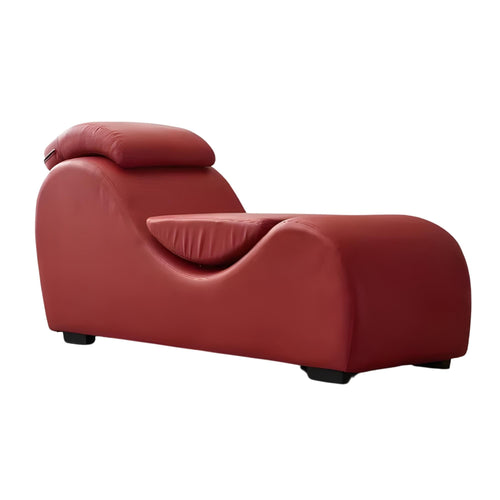The Viking Legacy: From Raiders to Traders
The Vikings are often remembered as fierce warriors and explorers, but their legacy extends far beyond their raids and conquests. These seafaring Norse people left a significant mark on the history and culture of Europe. Let's delve into the world of the Vikings, exploring who they were, where they came from, and the language they spoke. Additionally, we'll take a closer look at their distinctive leather cloaks and other leather garments that were a crucial part of their everyday life.
Who Were the Vikings?

The Vikings were a group of Scandinavian seafarers known for their raids, trade, and exploration during the late eighth to early eleventh centuries. Originating from the modern-day countries of Norway, Denmark, and Sweden, these Norsemen were not just pirates but also skilled traders, farmers, and craftsmen. The Viking Age, typically dated from 793 AD (the raid on Lindisfarne) to 1066 AD (the Battle of Stamford Bridge), was a period of significant expansion and cultural exchange.
Vikings are often portrayed as brutal warriors, and while raiding was a part of their lifestyle, they were also explorers who established trade routes and settlements across Europe, North America, and even parts of Asia. They were skilled navigators, using their longships to travel vast distances across the open seas.
Where Were the Vikings From?
The Vikings hailed from Scandinavia, a region that comprises present-day Norway, Sweden, and Denmark. The harsh, cold climate and rugged terrain of these countries shaped the Viking lifestyle. Living in these northern lands, the Vikings developed a robust culture centered around farming, fishing, and seafaring. The need to explore new lands for resources and opportunities for trade or plunder led them to embark on their famed voyages.
Scandinavian geography, with its many fjords, islands, and rivers, provided the Vikings with the natural harbors and waterways they needed to perfect their seafaring skills. This environment fostered the development of their iconic longships, which could navigate both open seas and shallow rivers, allowing them to reach inland areas that other invaders could not.
What Language Did the Vikings Speak?
The Vikings spoke Old Norse, a North Germanic language that was the common tongue of Scandinavia during the Viking Age. Old Norse is the ancestor of modern Scandinavian languages such as Icelandic, Norwegian, Danish, and Swedish. It was a rich and complex language, with a runic alphabet used for inscriptions and writings.
Old Norse had several dialects, but the similarities were strong enough that Norse speakers from different regions could understand each other. The language also had a significant influence on the English language, especially in the areas of England that were under Norse control, leading to many Old Norse words being integrated into English.
Viking Leather Cloaks and Other Leather
Garments

The Vikings were not only known for their raiding and trading skills but also for their practical approach to clothing and armor. Leather was a favored material for its durability and versatility, making it a staple in Viking wardrobes.
- Leather Cloaks: Viking leather cloaks were essential for protection against the harsh Scandinavian weather. Made from animal hides such as cowhide, deer, or even sealskin, these cloaks provided warmth and were waterproof, making them ideal for seafaring. The cloaks were typically simple in design, with a rugged look that suited the Viking aesthetic.
- Leather Armor: Besides cloaks, leather was used to make various types of armor, such as jerkins, which were sleeveless jackets worn over tunics. Leather was sometimes reinforced with metal studs or plates for added protection in battle. This type of armor was lighter and more flexible than metal armor, allowing for greater mobility during combat.
- Other Leather Garments: Leather was also used for making belts, boots, and gloves. These items were practical and sturdy, suitable for the everyday tasks of Viking life, whether it be farming, building, or fighting. The leather used was often tanned and treated to enhance its durability and resistance to the elements.
Conclusion
The Vikings, hailing from the rugged landscapes of Scandinavia, were more than just fearsome raiders. They were skilled navigators, traders, and craftsmen who made a lasting impact on the world. Their use of leather for cloaks and armor reflects their practical approach to life, making the best use of available resources to survive and thrive in a harsh environment. By understanding who the Vikings were, where they came from, and their way of life, we gain a deeper appreciation for these fascinating people who left a profound mark on history.











POST COMMENTS